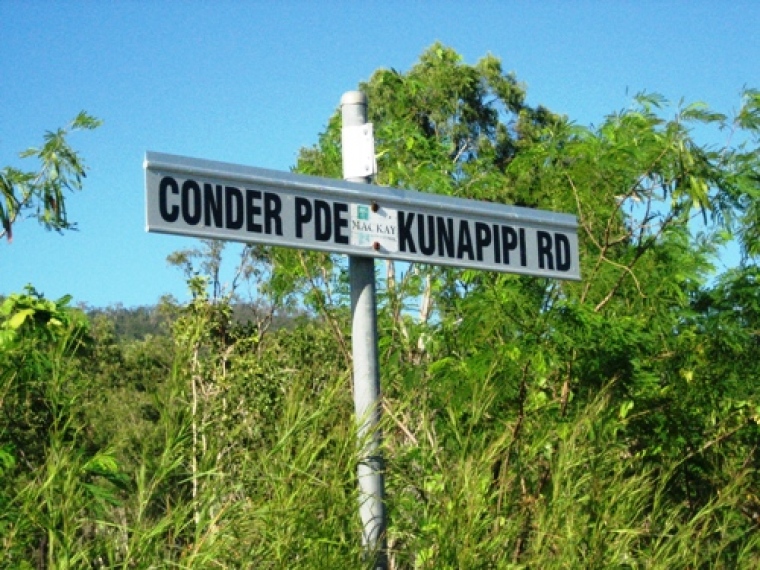
The classic video promotionals seen on our television screens promoting Rugby in all its facets, whether it be a World Cup, the Tri Nations, the Five Nations, Bledosloe Cup and Rugby Test Match Tours, the highlights shown is the fantabulous 'running with the ball.'
Yet, in this Rugby World Cup held in New Zealand one might have thought that the top nations when playing against each other, have forgotten the script. More than likely, they never even looked at it. The coaches have put that section of the coaching manual under lock and key in their hotel's safe.
So what has changed in this current World Cup?
First we can confirm that some things have not changed.
Both teams have 15 players. Each team has a kicker and a reserve kicker. There is a mixture of tall fellows and shorter fellows, but they're all muscles galore strong fallows! The odd referee mistake is normal. And yes, there has been some limited 'running with the ball'.
The quarter finals displayed this paradigm shift away from 'running with the ball' (although acknowledging there has been a little), but none more so than the Wallaby – South African fixture. But three of those quarter finals were similar in philosophy: Wales win over Ireland and the French win over England. The New Zealand All Blacks' win over Argentina cannot be aligned as its was a bit like the Tri Nations Champions Qld Reds playing that competition's wooden spooners (at least in the second half as they were behind in the first). That second half wasn't a serious contest in the light of the All Blacks determination in this home World Cup.
The one thing that was lacking in those other three 240 minutes of super charged Rugby were those classic displays of "running with the ball". My mistake, there was one in the Wallably - South African match but it proved to be a South African illegal 'forward pass' and it all went to naught.
The Wallabies illustrated to the entire Rugby world, much as they did in their final Test against the All Backs eight weeks back, that regardless of how many tries your team scores, unless you can put up the shutters on the opposing team's attacking force, it remains an even contest.
The emphasis of this quarter-final series was on super-charged defence.
Now I'm a hockey writer and author so I align things such as this 'Rugby shift' to hockey and in hockey there have been two such paradigm shifts that changed the international hockey scene.
In the early 1970 the European developed Power Hockey based on defence along with their penalty corner set plays. The sub-contintent nations India and Pakistan were left speechless and winless. The paradigm shift was phenomenal. Similarly in 2010 when Australian Kookaburra Ric Charlesworth introduced the two attack runners which finished off this power hockey strategy and the record speaks for nitself.
Rugby appears to be experiencing such a paradigm shift. As an observer of Rugby even I have noticed these subtle changes. Every tactic is designed to stifle the play. In whatever endeavour in employed on the field of play, the instruction appears to be to keep it in tight. Once the opposition begins to run, whatever the cost, 'stifle it'.
Like Charlesworth's hockey two player attack running tactic, which in effect stifles 'power hockey' the entire Rugby ploy is similarly designed, to stifle the opposition's play. Moreover, if they run, close it down with immediacy. This takes super fitness and super effort for a full 80 minutes of play and this is what's been happening. It's astonishing to watch. I can imagine generations of long since gone former rugby players turning over in their graves.
The semi-finals this weekend (Wales v France; NZ All Blacks v the Australian Wallabies) will determine whether the four coaches have gone to their hotel safe and reacquainted themselves with that "running with the ball" section of the coaching manual.